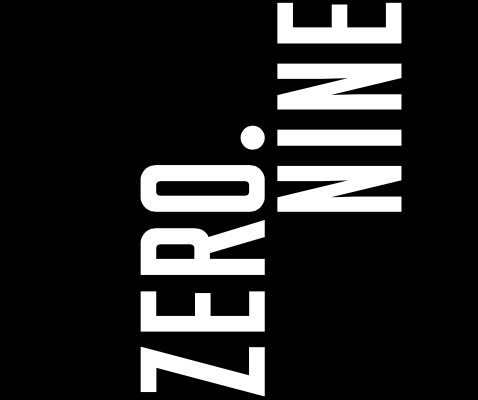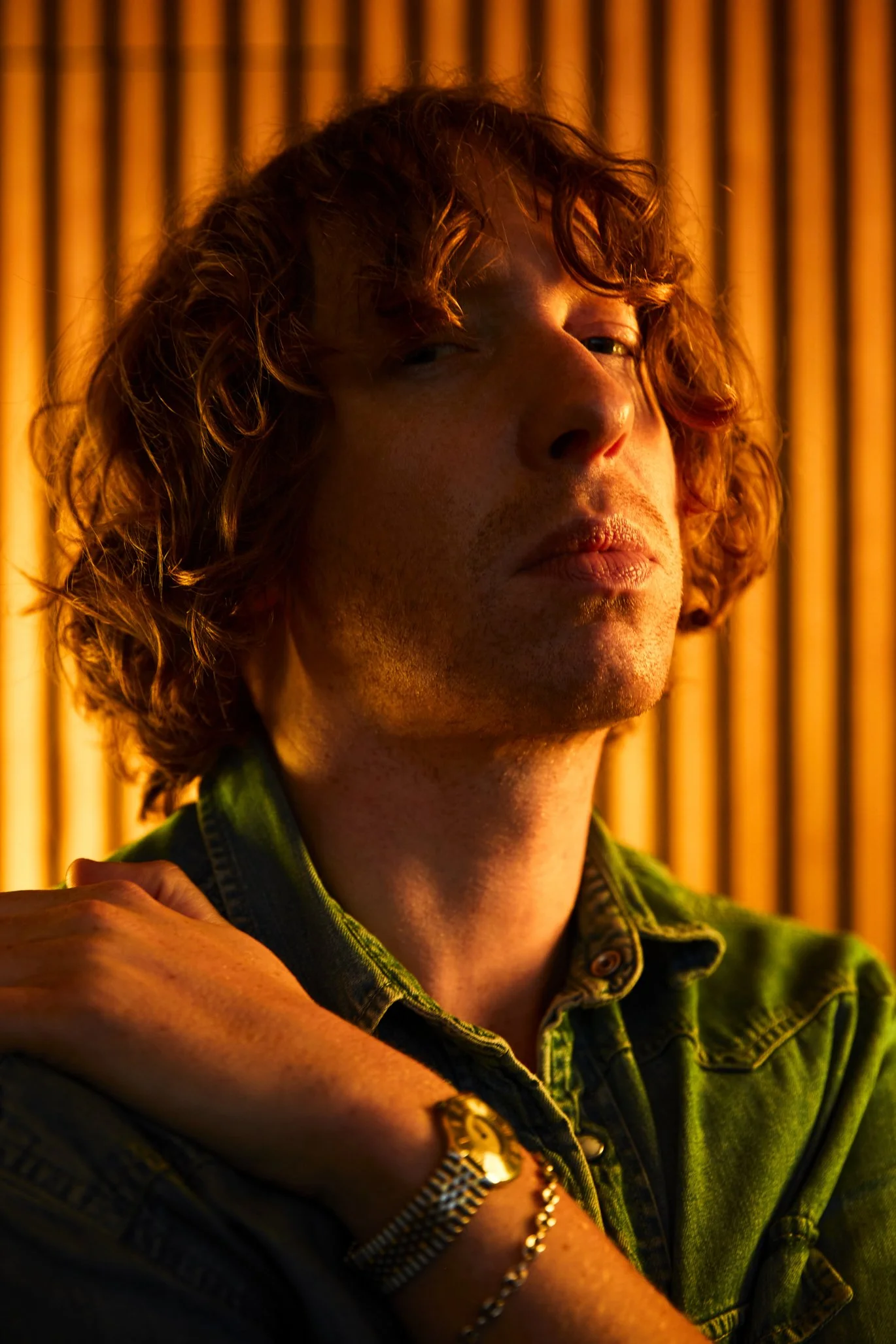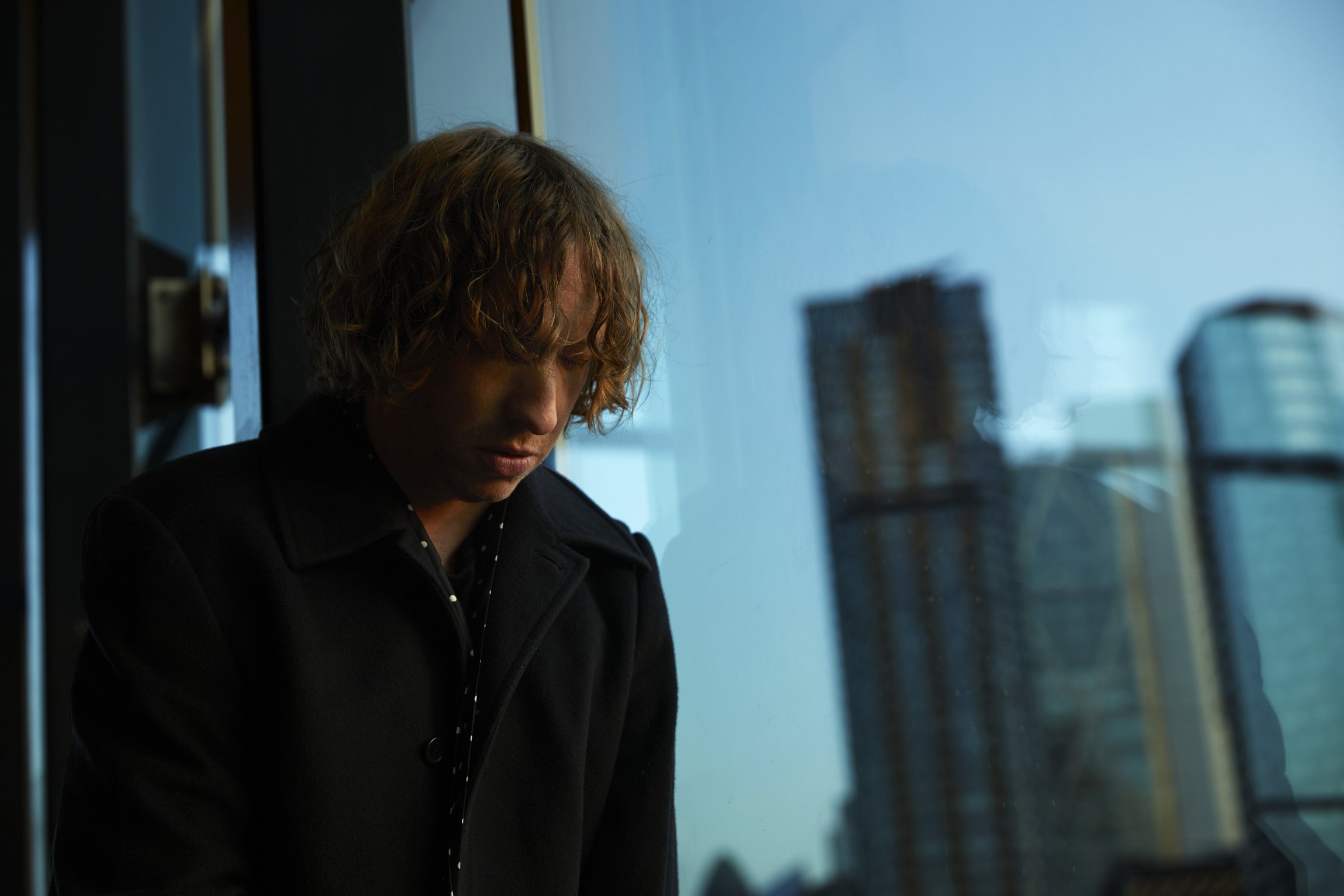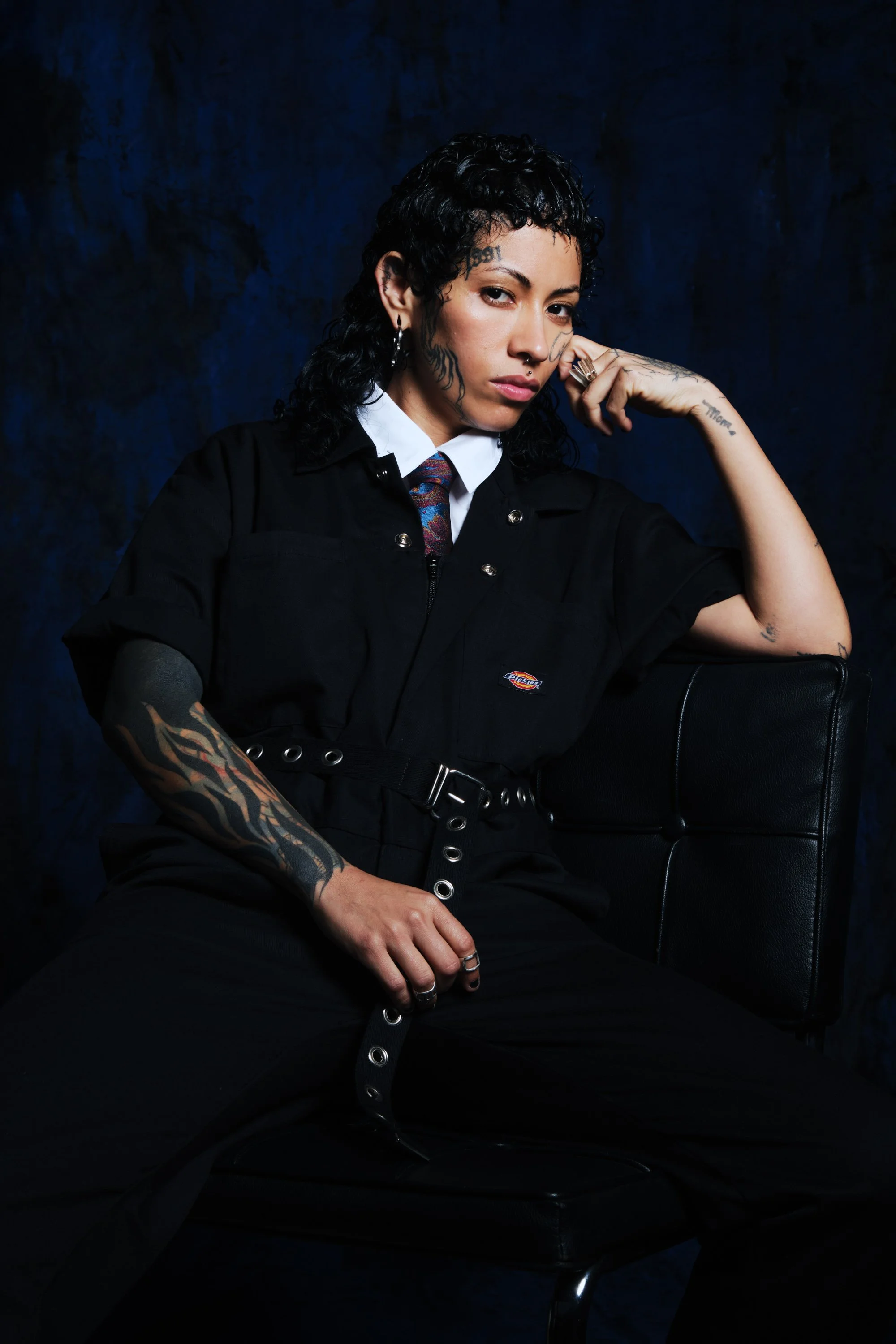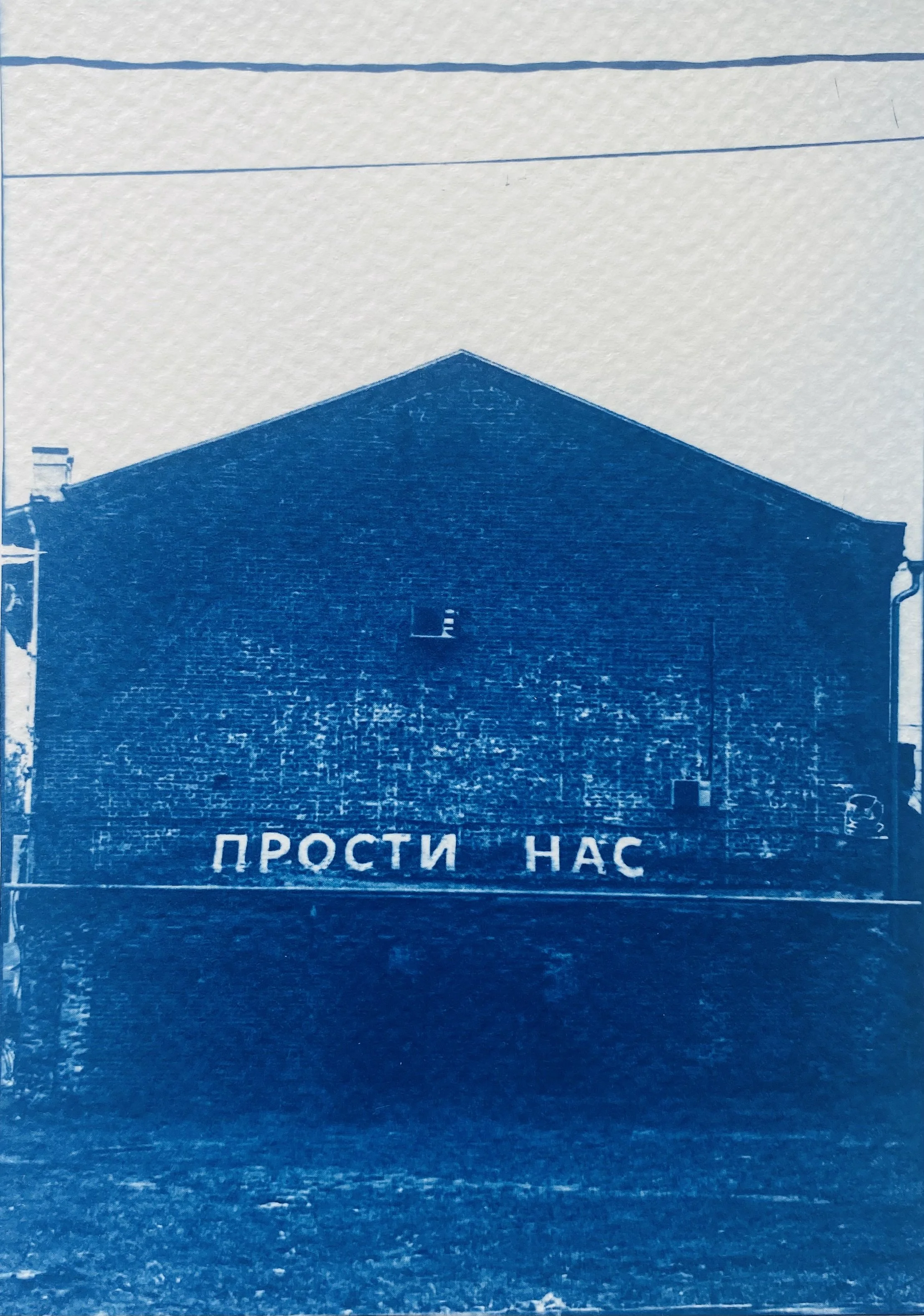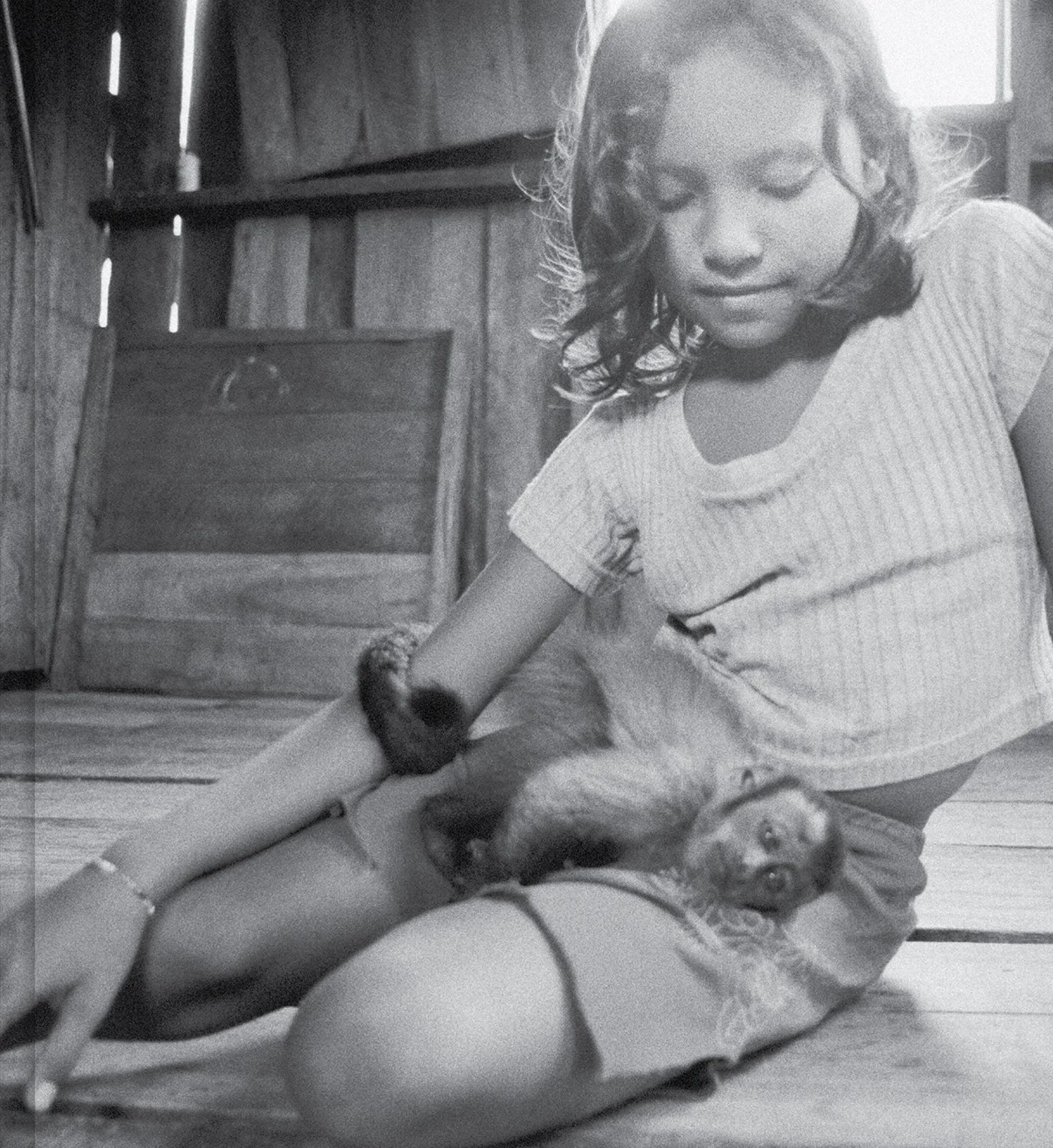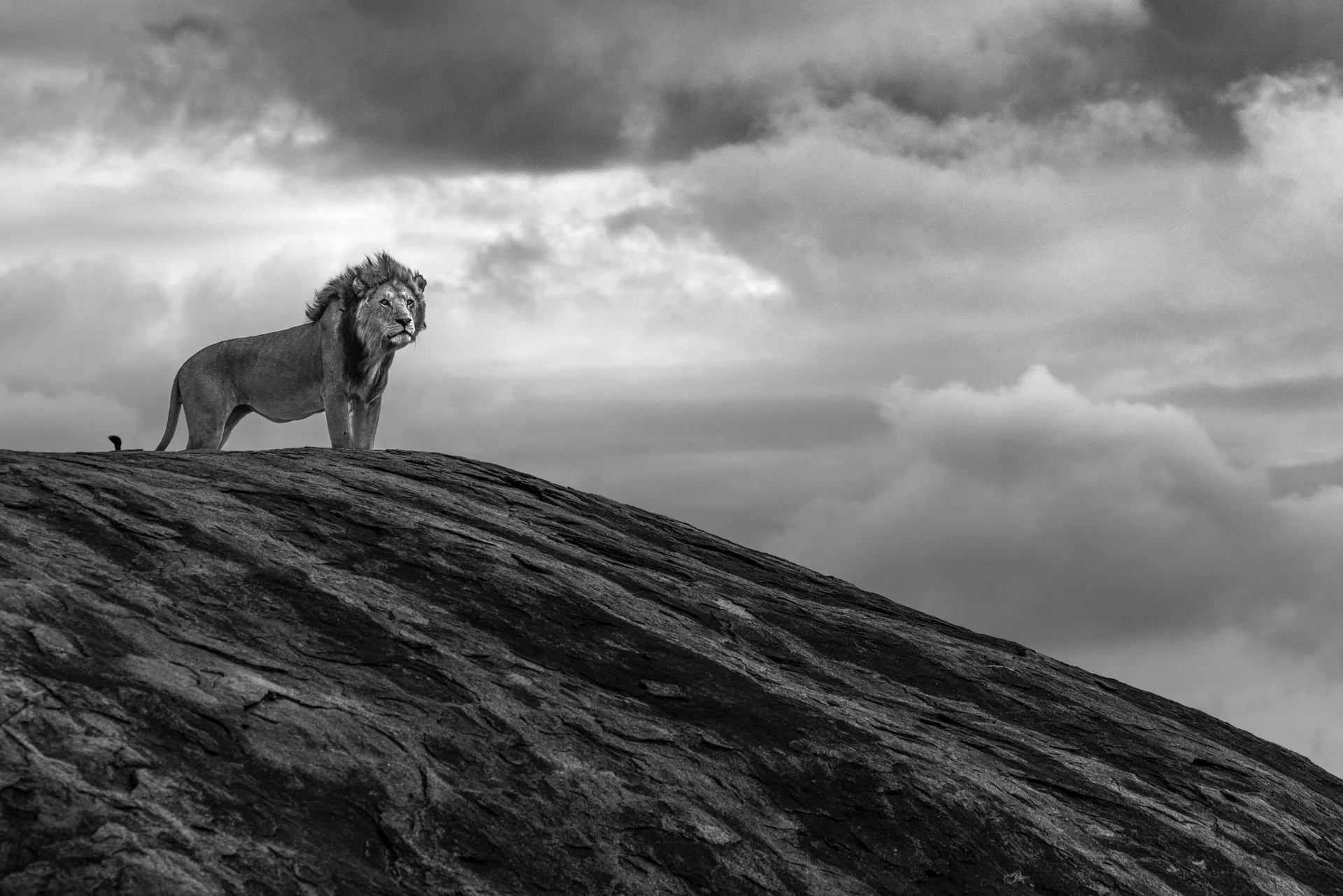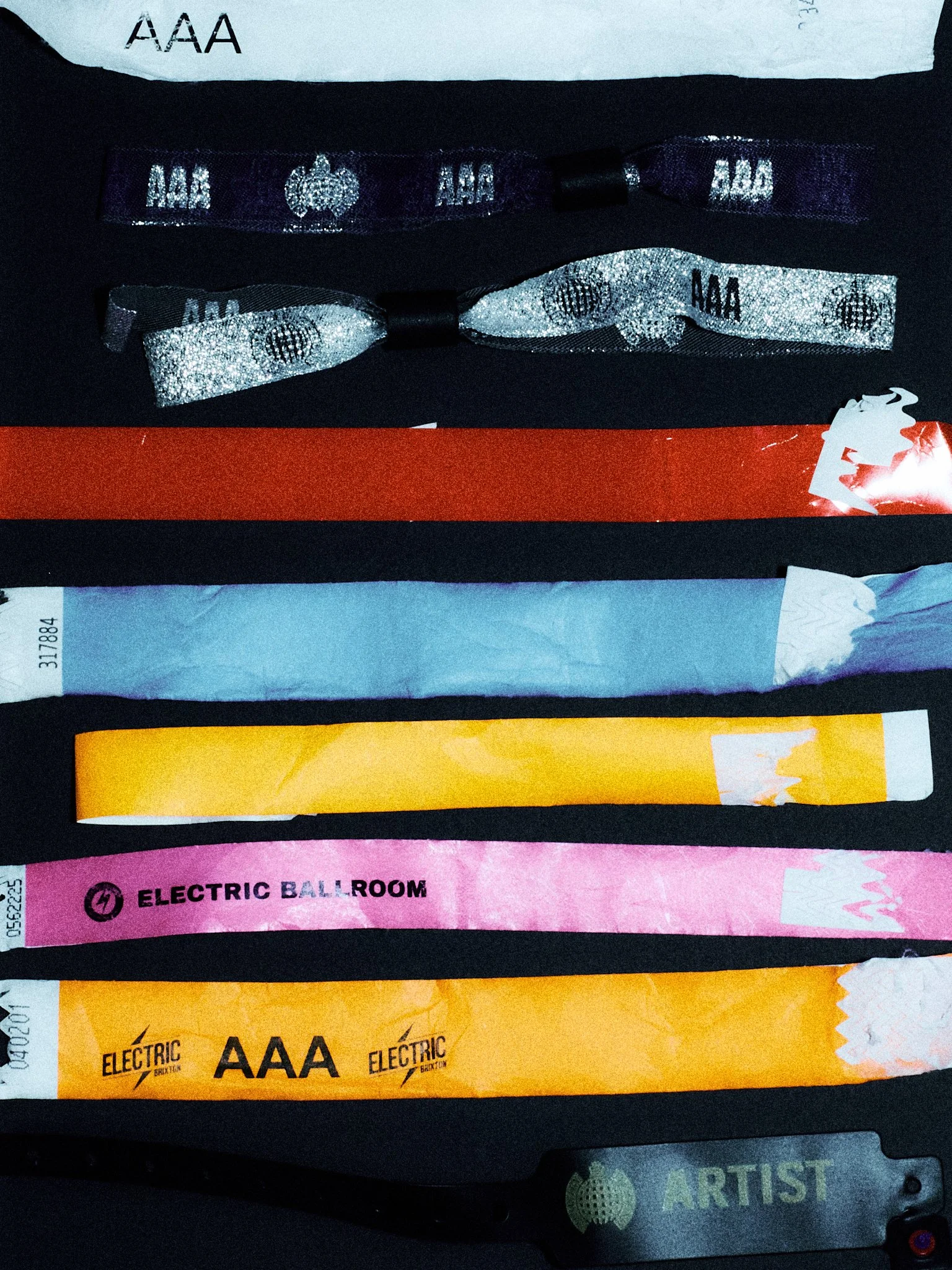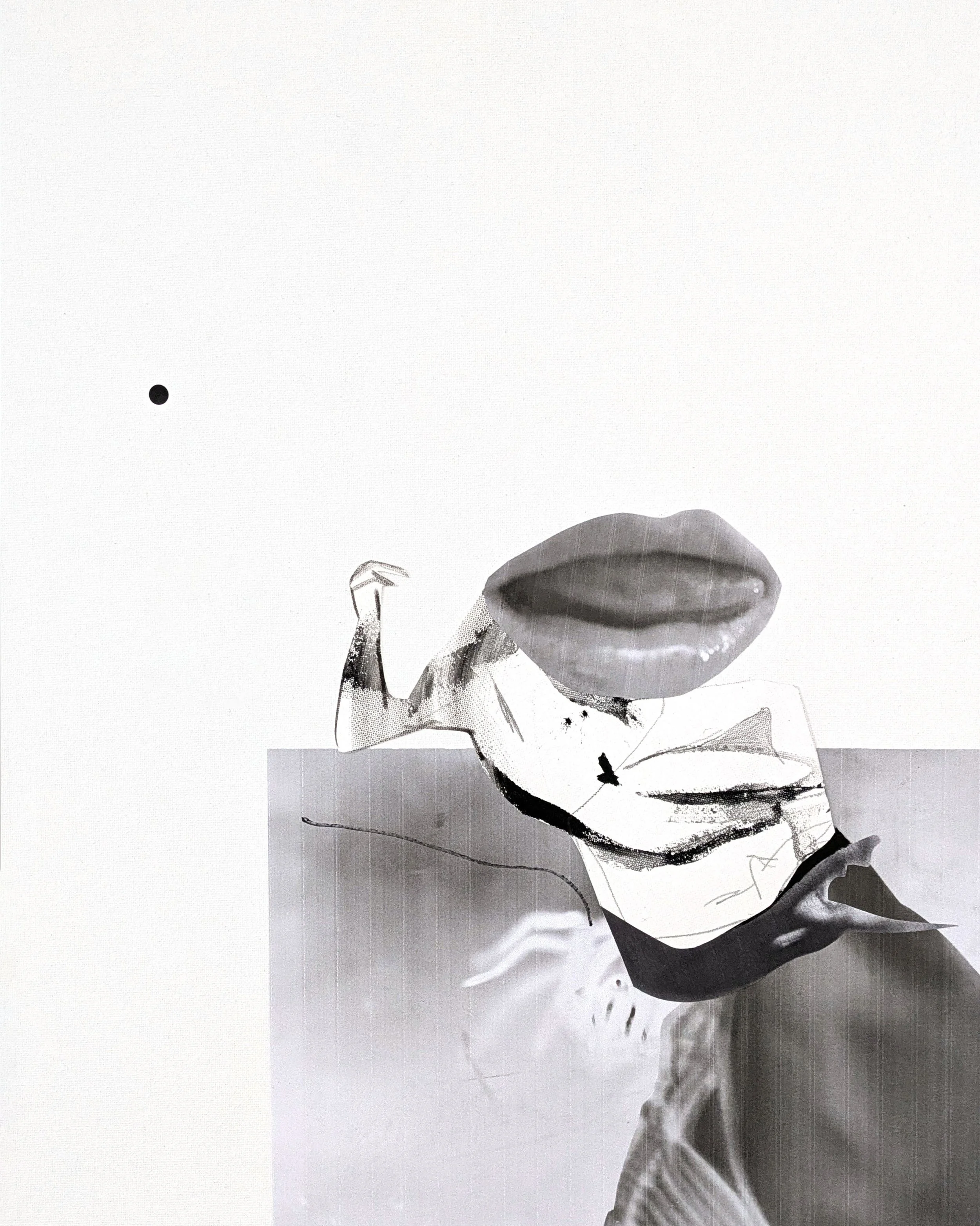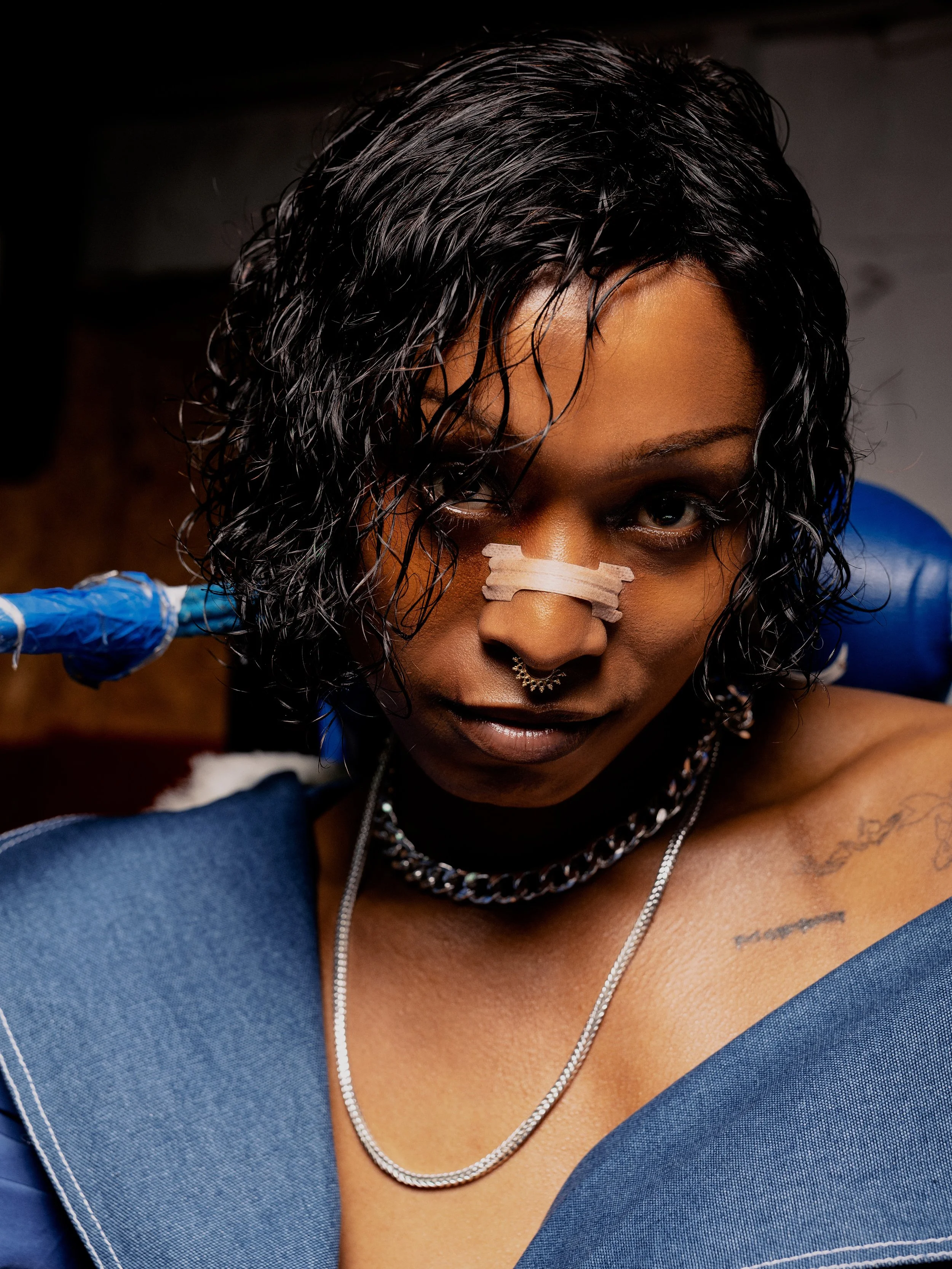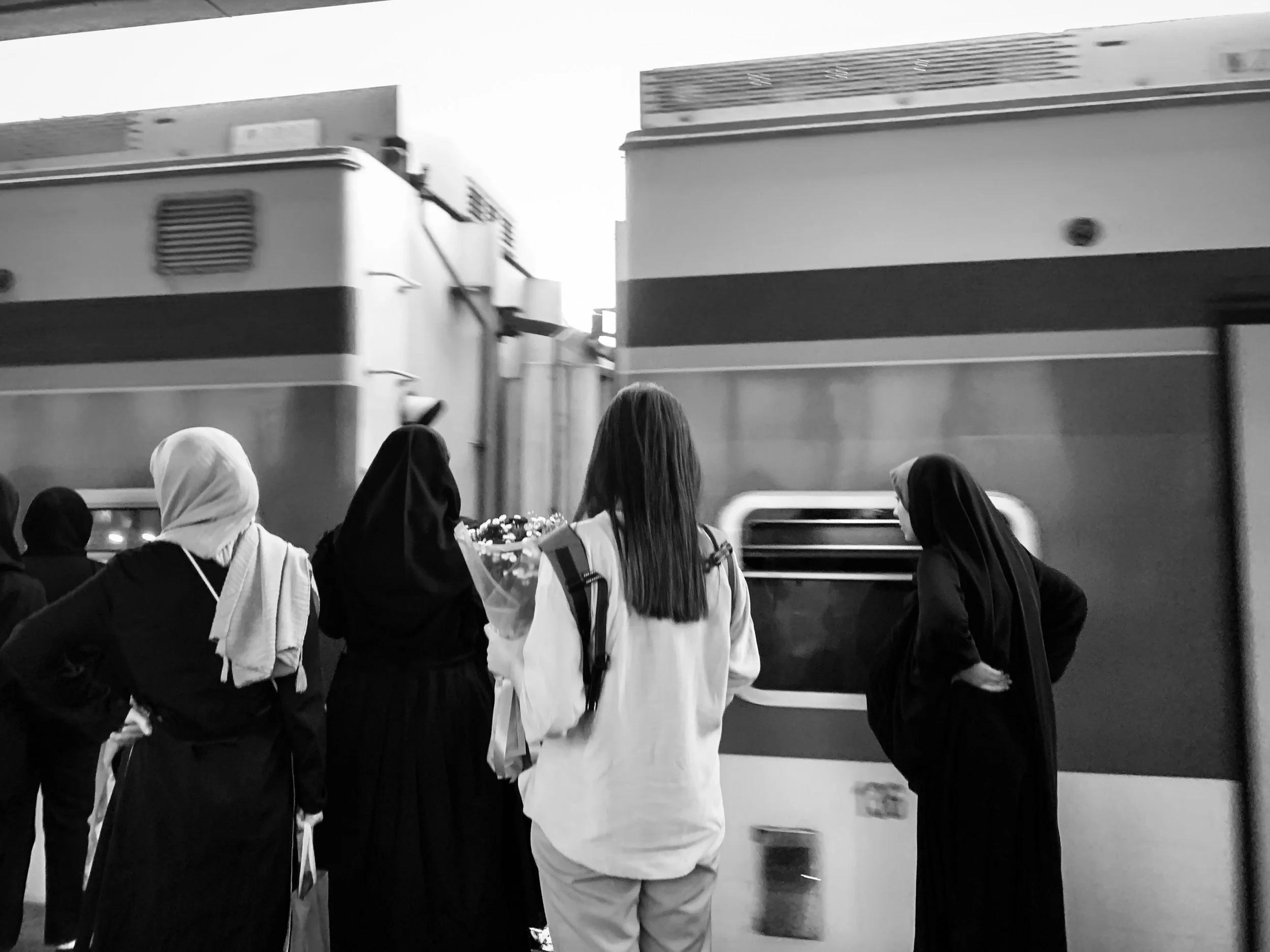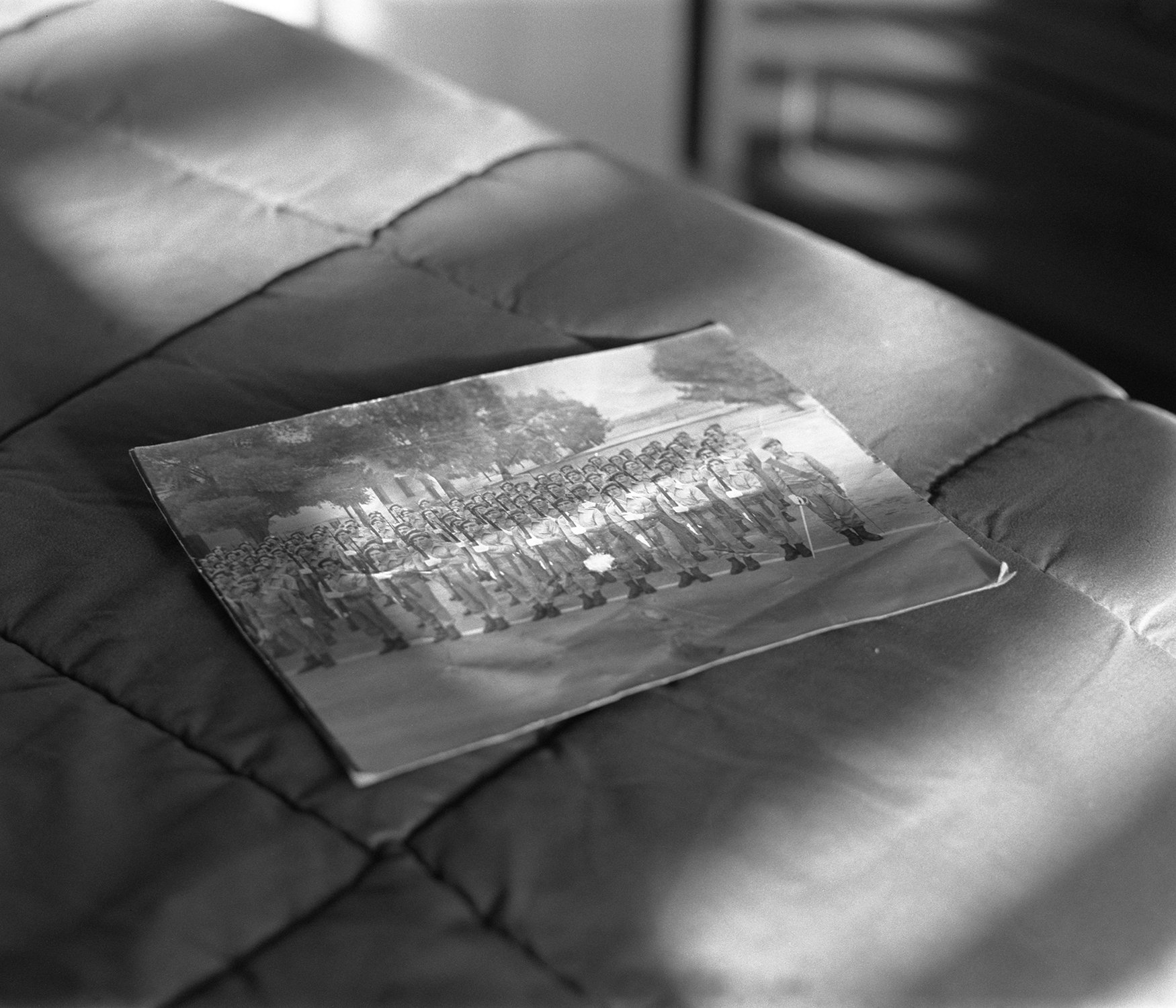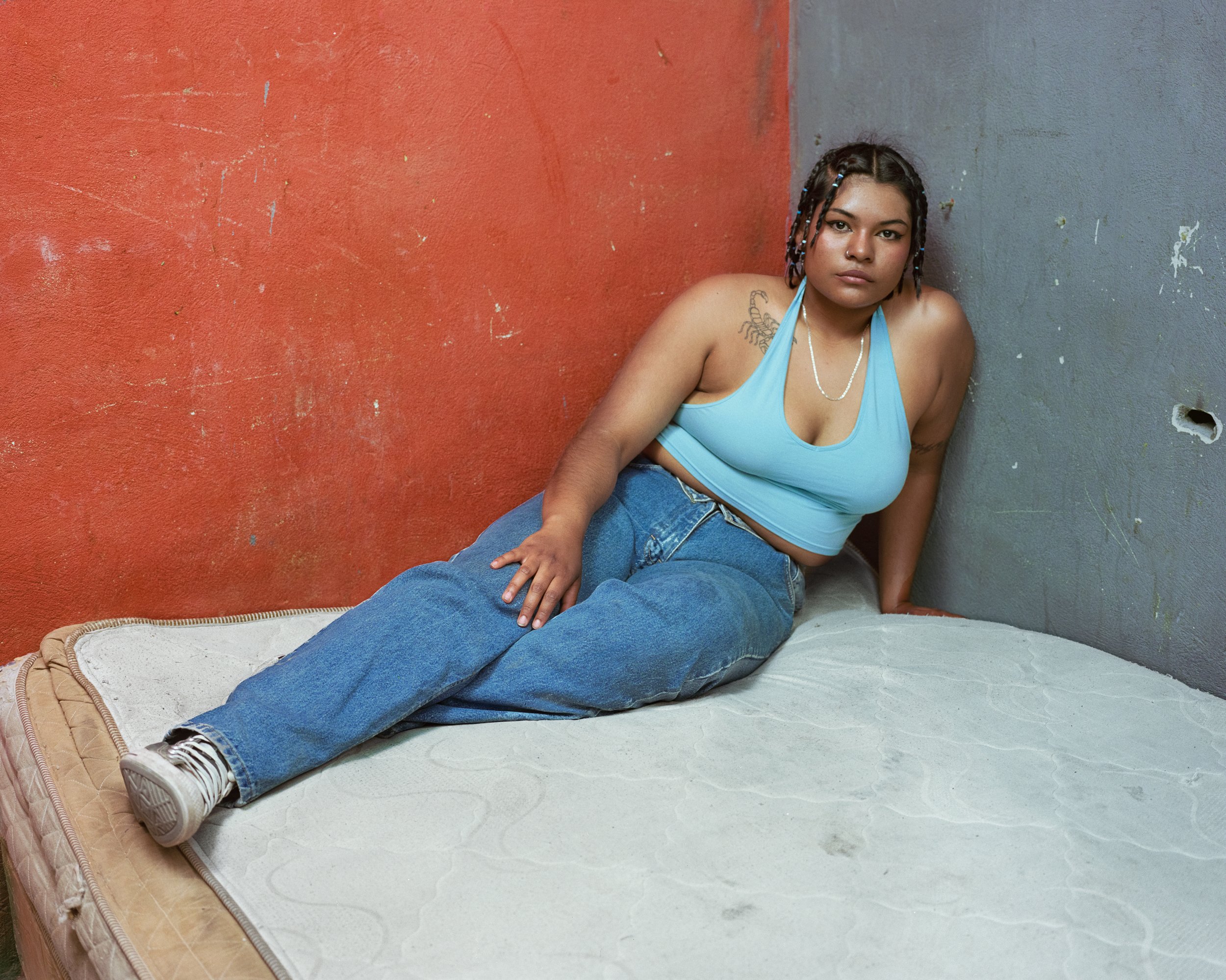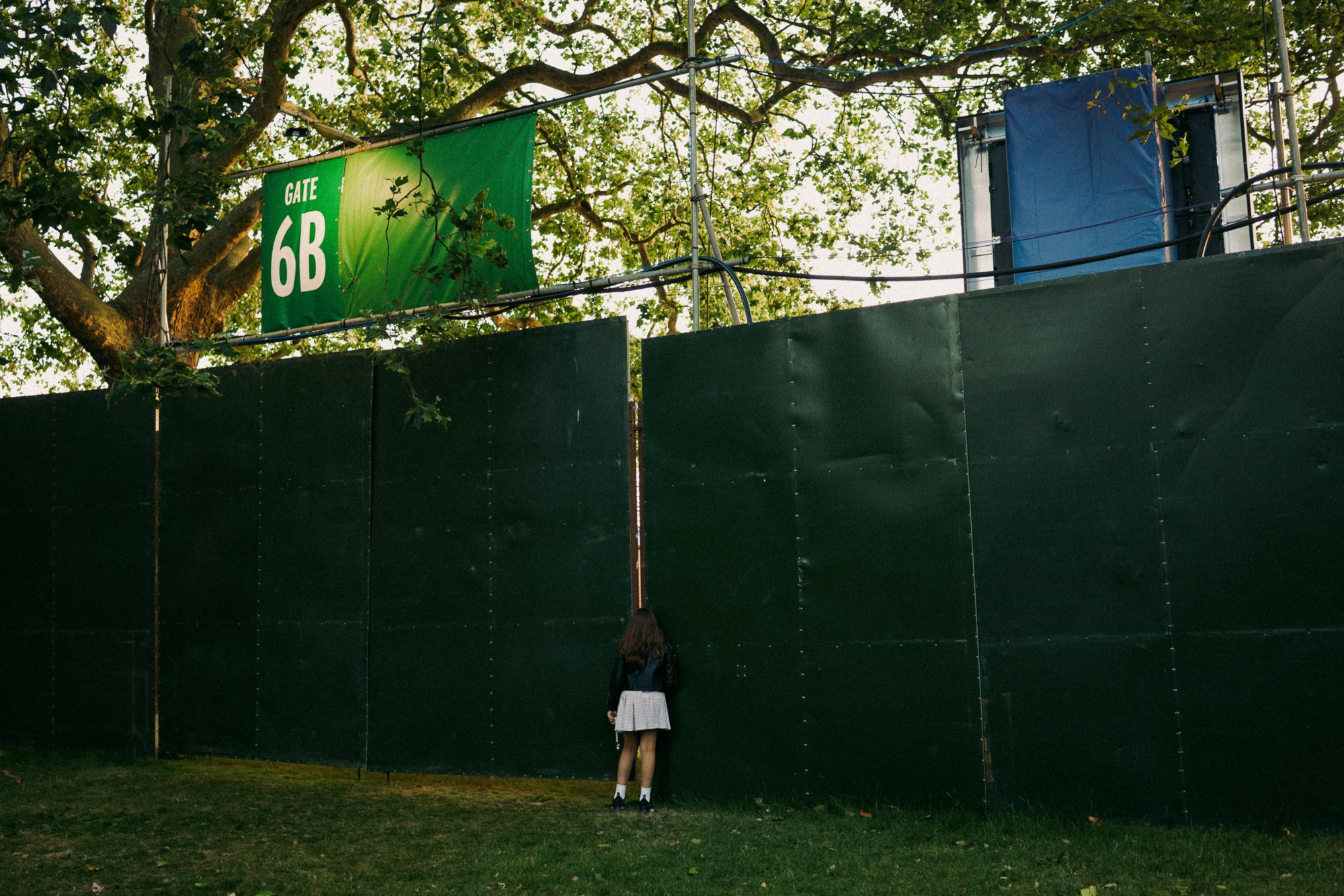Daniel Avery: Up in the Sky
In this exclusive interview in collaboration with Ibiza Sonica Radio, Daniel Avery takes us deep inside Tremor, his boldest album yet. From raw studio chemistry and fearless collaboration to weaving gritty textures with dreamy melodies, Avery reveals how he shaped a record built for freedom, emotion, and timeless dance-floor energy.
Interview Secretario Photography JC Verona Styling: Vini Chenoweth-Bell In collaboration with Ibiza Sonica Radio, we had the privilege to talk to Daniel Avery and find out more about the creative process behind his latest album, Tremor. During our conversation, Avery opens up about his approach to collaboration, describing how he envisioned a collective and dynamic studio environment where every contributor’s input is valued equally. We explore the careful construction of his albums, from the deliberate sequencing of tracks to the balance between abrasive textures and ethereal melodies, creating a narrative journey that engages the listener from beginning to end. Avery also reflects on recapturing the freedom and spontaneity of his early work, making music for himself without external expectations, and shares the surreal experience of working with iconic artists like Robert Smith. This interview provides a rare insight into how Avery combines personal expression, historical influences, and innovative sound design to craft immersive, enduring musical experiences
“I often describe it as a ‘studio in the sky,’ a space where people could come, bring their own energy, and create something none of us could make alone.”
Daniel Avery
What inspired you to create Tremor, and how does collaboration shape the project?
I’ve always been drawn to collaboration, but with Tremor I wanted to take that idea further. I didn’t want it to be just me in a room making music. I wanted something alive, like a collective where everyone’s input mattered equally. I often describe it as a “studio in the sky,” a space where people could come, bring their own energy, and create something none of us could make alone.
If someone listens to this album 20 years from now, what do you hope they feel or understand about the time when it was created?
Even in a world full of playlists and fragmented listening, the album format is still essential for me. I love the idea of a body of work that someone can sit with from start to finish, something they might keep in their collection for years. That’s how I listen to music — I love when an artist takes you by the hand and leads you through their world. That’s what I hope Tremor does.
The track order feels very deliberate, alternating intensities. How did you build that sonic narrative from start to finish?
Sequencing the tracks is one of my favourite parts of making a record. It’s where the story takes shape. I enjoy playing with dynamics: highs and lows, quiet moments and bursts of energy. For Tremor, I wanted to reconnect with the freedom of a debut album — creating without expectations or pressure, just following where the music wanted to go.
There’s a constant contrast between abrasive textures and almost ethereal melodic moments. Is that a conscious reflection of an emotional state, or simply a sonic aesthetic that draws you in?
I’m always drawn to the balance between rough textures and soft, weightless melodies. Most of the music I love lives in that space, where beauty hides inside noise or stillness appears in something heavy. Maybe it reflects a kind of light in the darkness — hope, even — which I like to believe in. And after years as a DJ, I also carry the physicality of music: that catharsis you get from a dance floor, a festival, or even a rock show.
What was it like working with Robert Smith, and how did it feel to remix a song by The Cure?
Working with Robert Smith was surreal. The Cure have been one of my favourite bands forever, so getting an email from Robert asking me to remix him was mind-blowing. I was nervous because of how much his music means to me, but I’m really happy with the result.
Your albums always seem to converse with several decades of electronic and non-electronic music. What historical influences or cultural movements found their way into this record, even if only subtly?
Influences naturally seep into my work. On Tremor, I can hear Sonic Youth, My Bloody Valentine, Cocteau Twins, and The Jesus and Mary Chain. There’s also the spirit of techno and acid house, and the guitars of the ’90s — Smashing Pumpkins, Nine Inch Nails, Deftones. I never tried to copy any of it; it all just blended into something that still sounds like me.
How have you managed to balance preserving the vocal identity of the collaborating artists while adapting it to Daniel Avery’s sonic DNA?
I didn’t worry about protecting my own sound when I brought in other voices. If you’re honest, you always end up sounding like yourself. I wanted the record to be a true collective, where everyone had equal importance. There are heroes like Alison Mosshart and new acts like NewDad or Bedroom, all people I’ve met naturally over time. That made the process feel authentic.
“Most of the music I love lives in that space, where beauty hides inside noise or stillness appears in something heavy. Maybe it reflects a kind of light in the darkness — hope, even — which I like to believe in.”
Which tracks on Tremor stand out as your personal favourites, and why?
If I had to pick favourites, I’d choose “A Silent Shadow” with Bedroom and “Haze,” which comes just before it. They were among the first songs we finished and set the tone for the whole album. But honestly, I’m proud of every moment on Tremor.
What are the future plans for the album? Are you planning to go on tour after the release?
The world of this record already feels bigger than the album itself. I’m working on a new live show with other musicians on stage, something more expansive than I’ve done before. There are dates at the end of this year and a tour next year. I’ve also created club reworks of the album — the Midnight Versions — which will come out soon. And I’m already back in the studio making more music.
What personal expectations, beyond the audience’s reaction, did you have for yourself as an artist with this album?
Ultimately, my only goal is to make something honest and true to who I am. I’m grateful I could do that with Tremor. Beyond how people react, the real reward was the joy of making it. If this record lets me create another one, that’s success. For now, I just want to stay present and enjoy where this journey leads.
“Ultimately, my only goal is to make something honest and true to who I am. Beyond how people react, the real reward was the joy of making it.”
Team credits
Interview: Secretario Ibiza Sonica
Photography and Creative Direction: JC Verona
Styling: Vini Chenoweth-Bell
Hair: Rhiannon Middle
Make Up: Charli Avery using Anua Skincare
Film: Timothy Heinrich
Location: One Hundred Shoreditch
Thanks to Jodie Luckie
